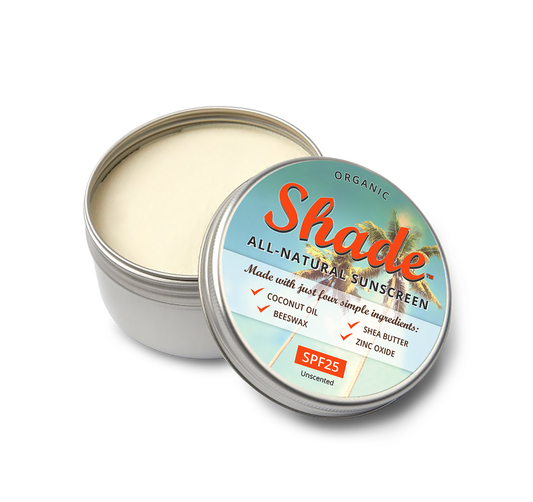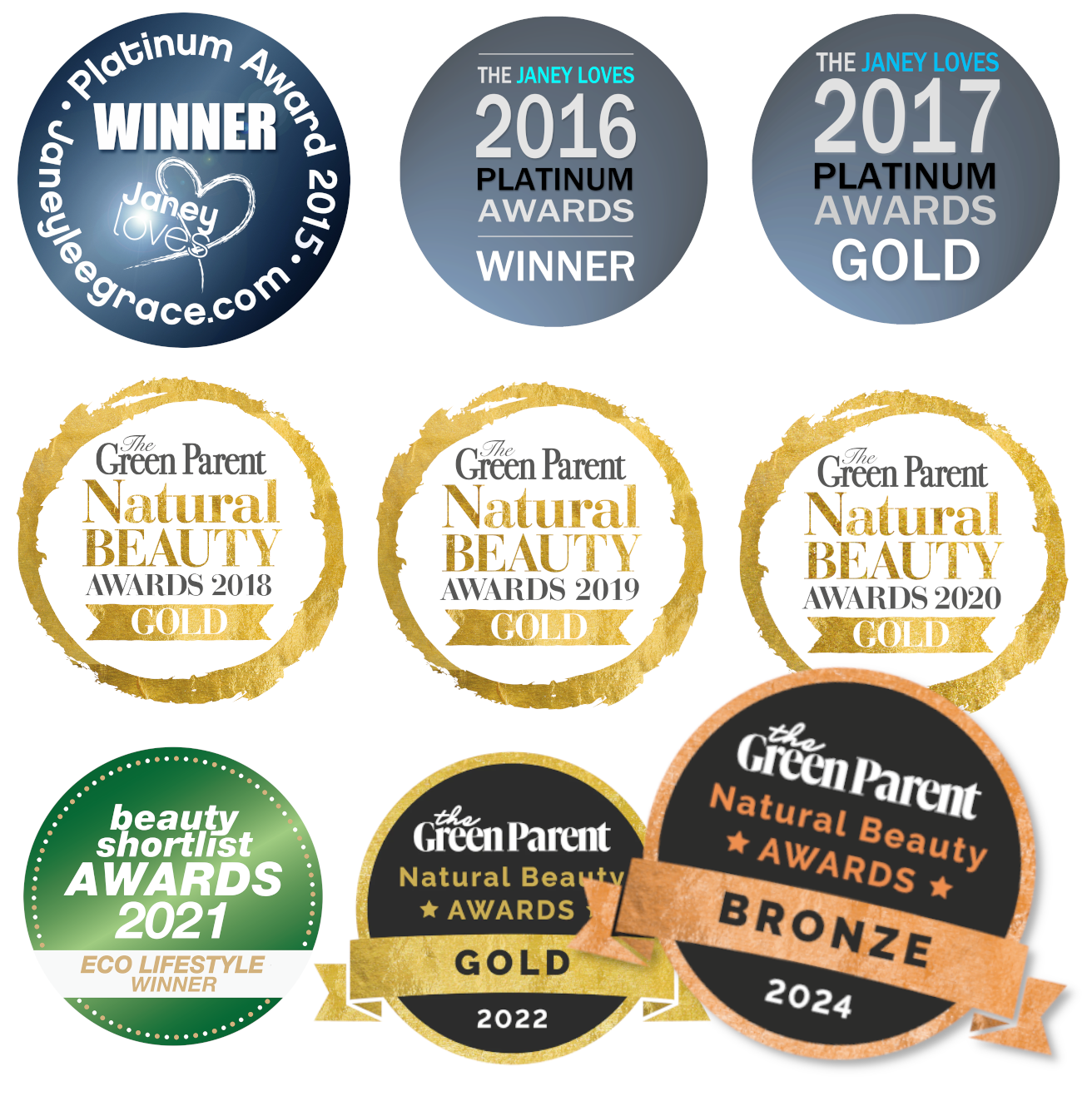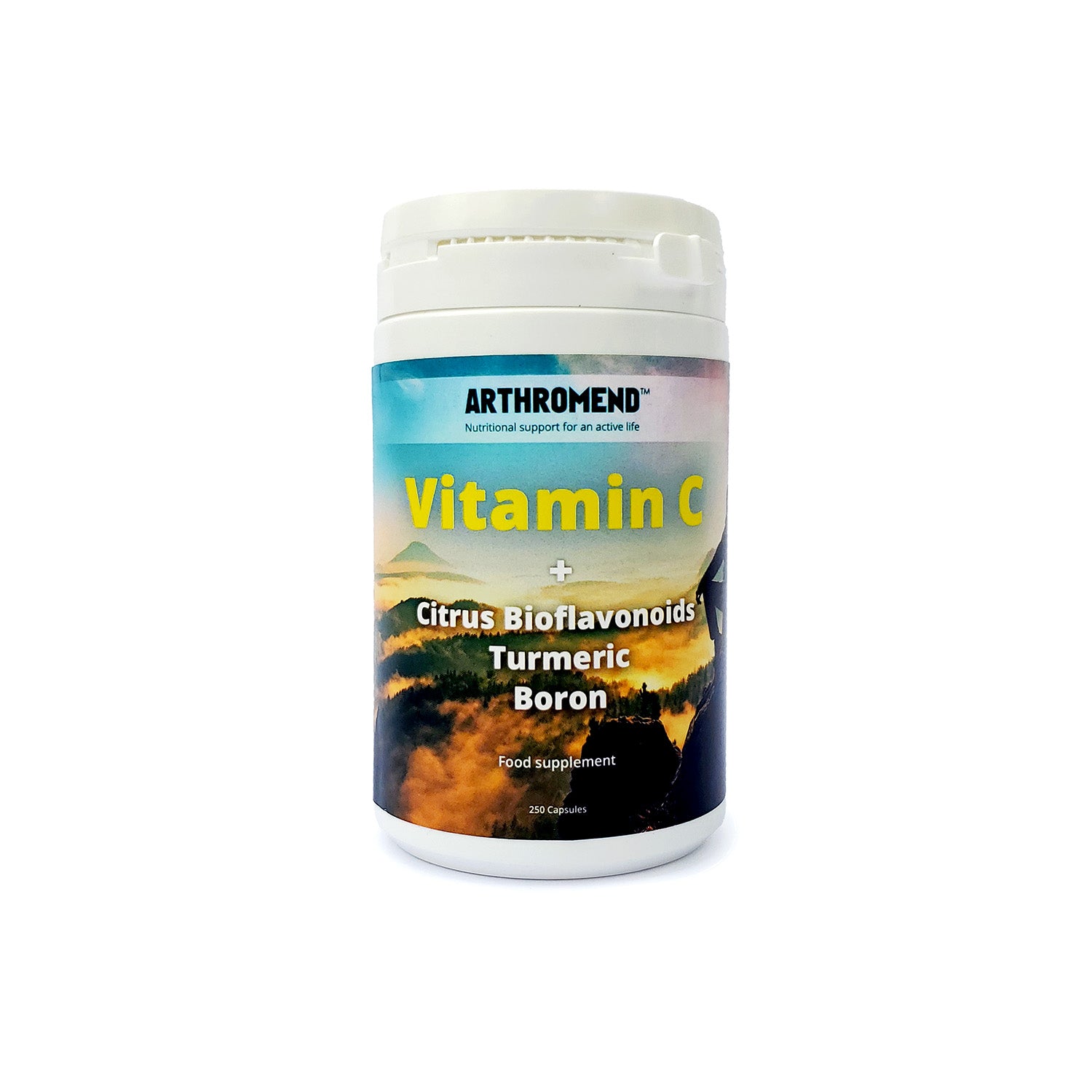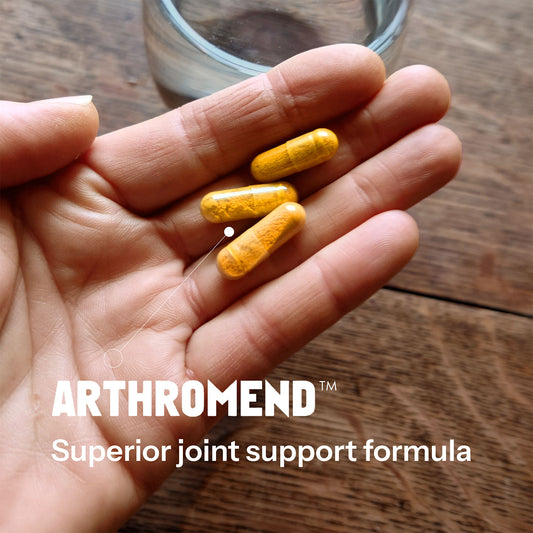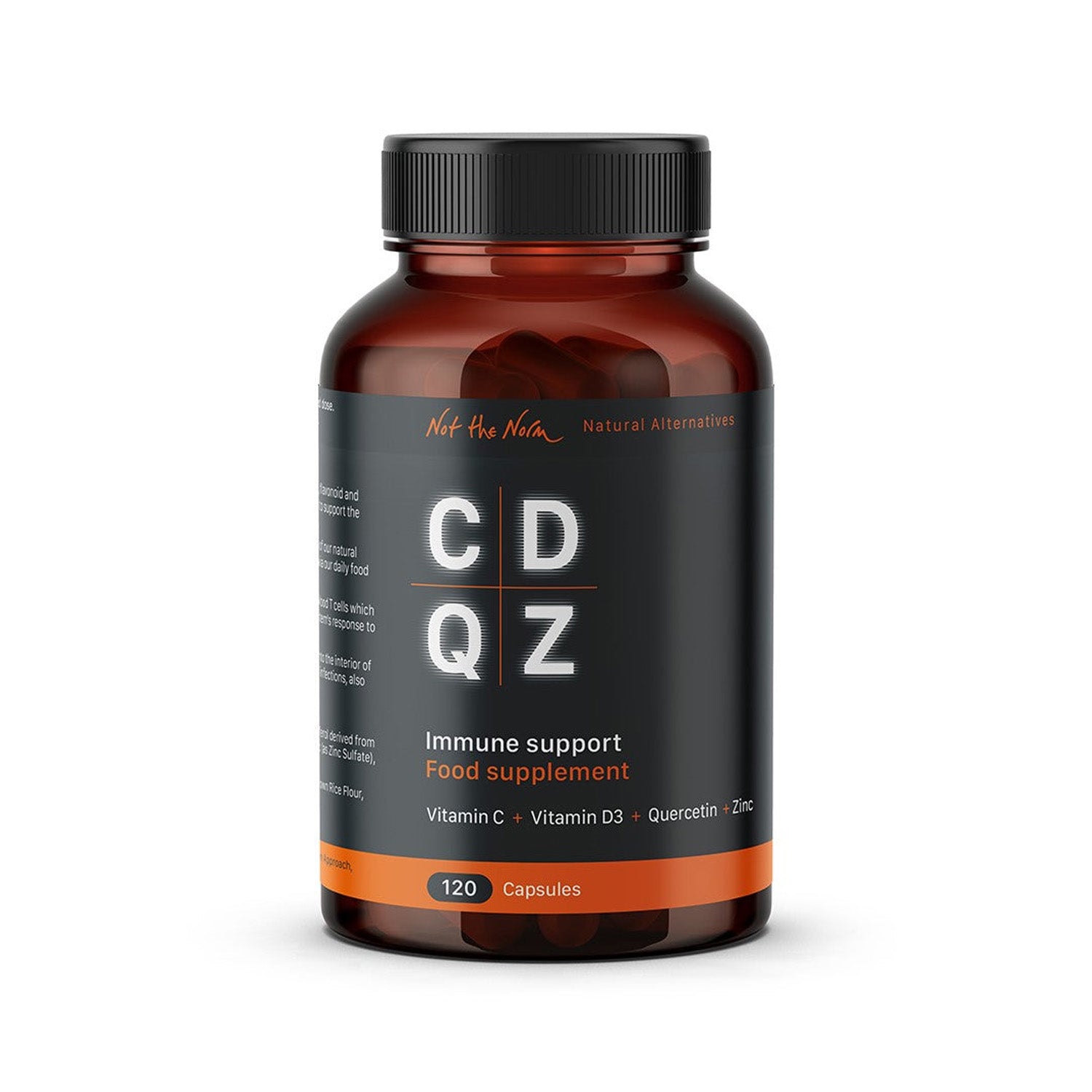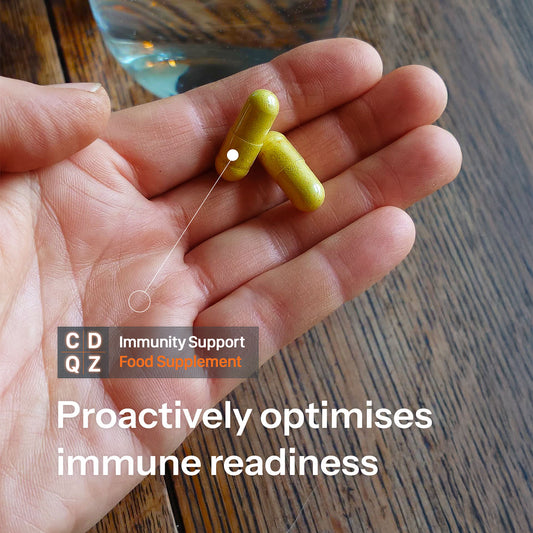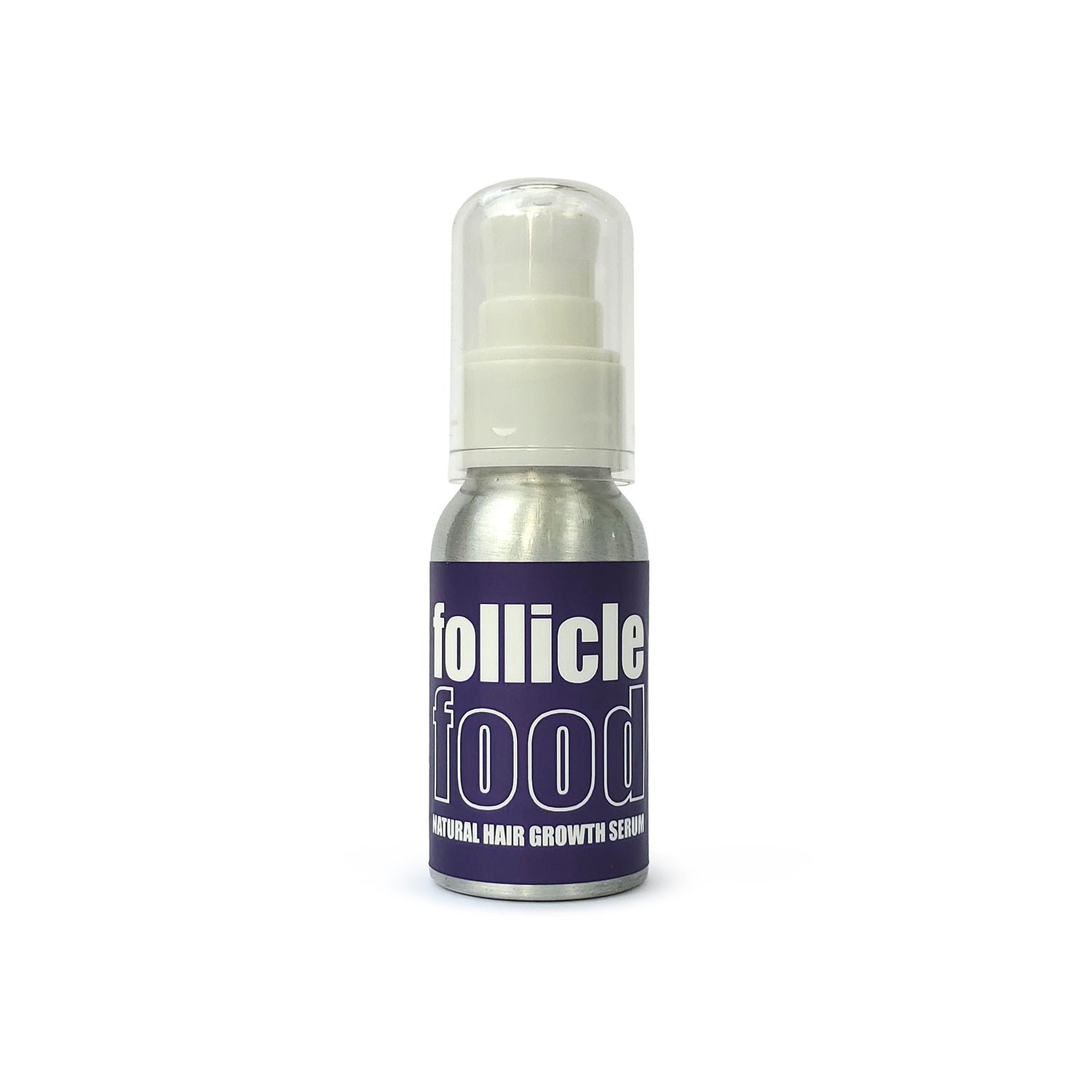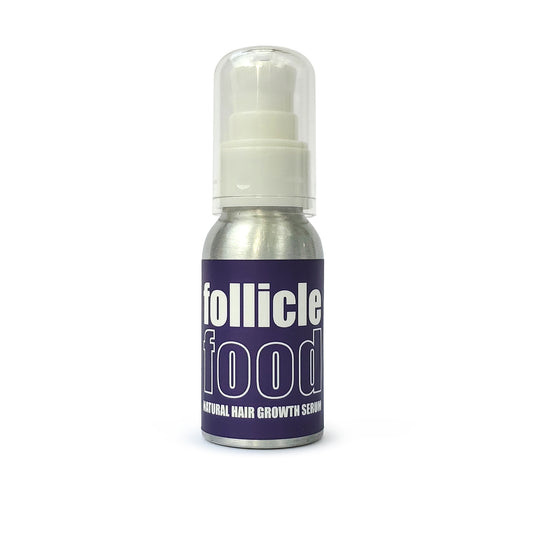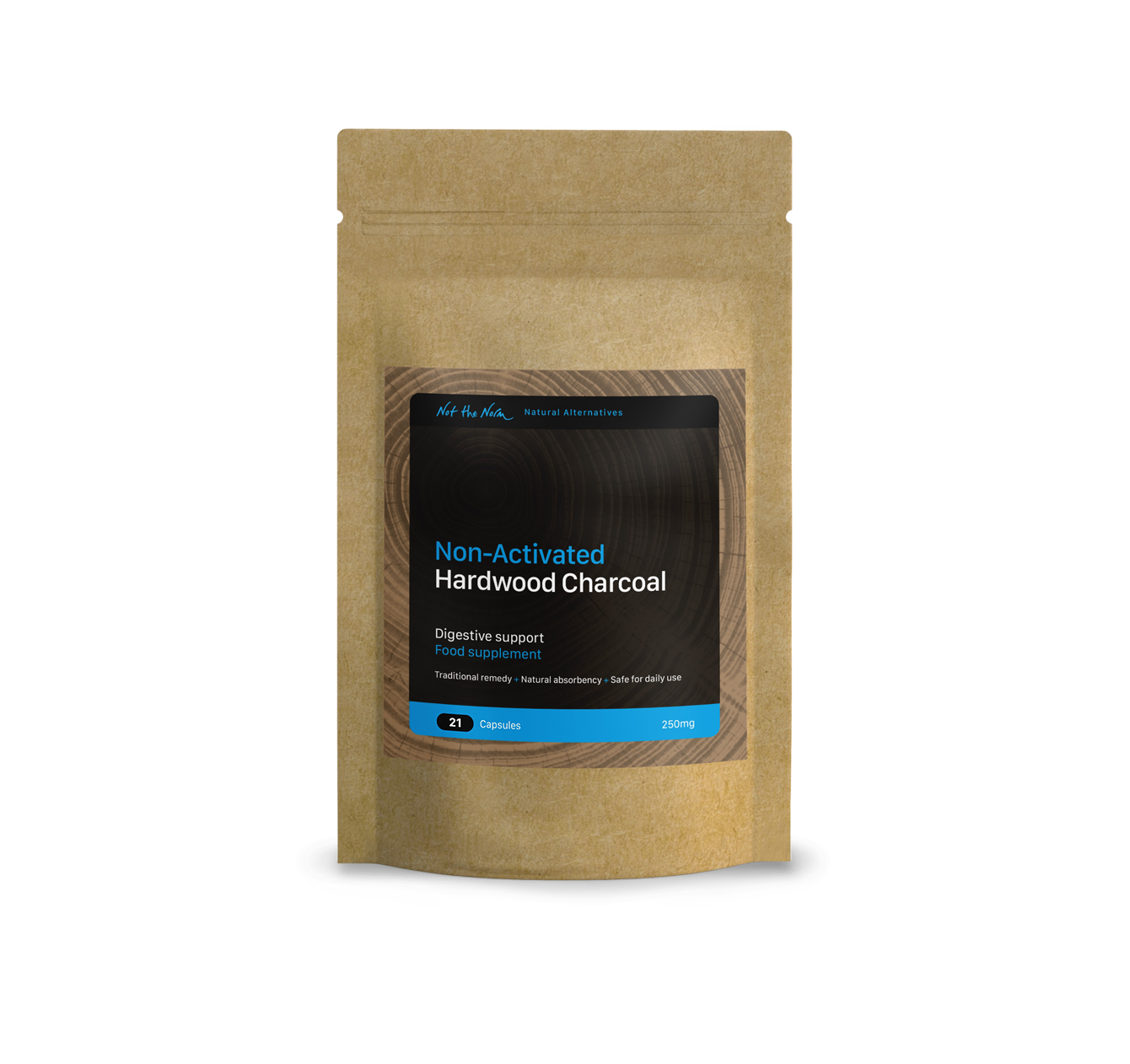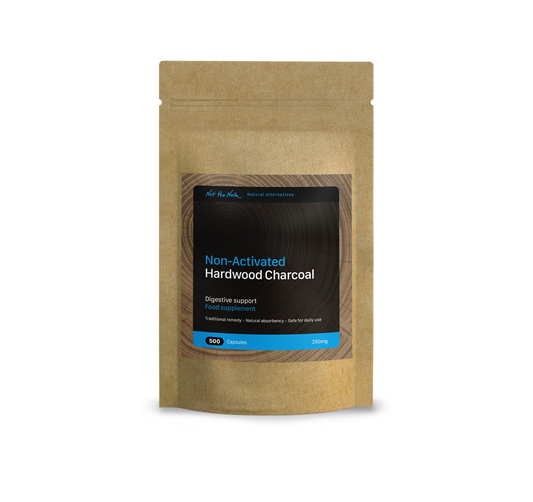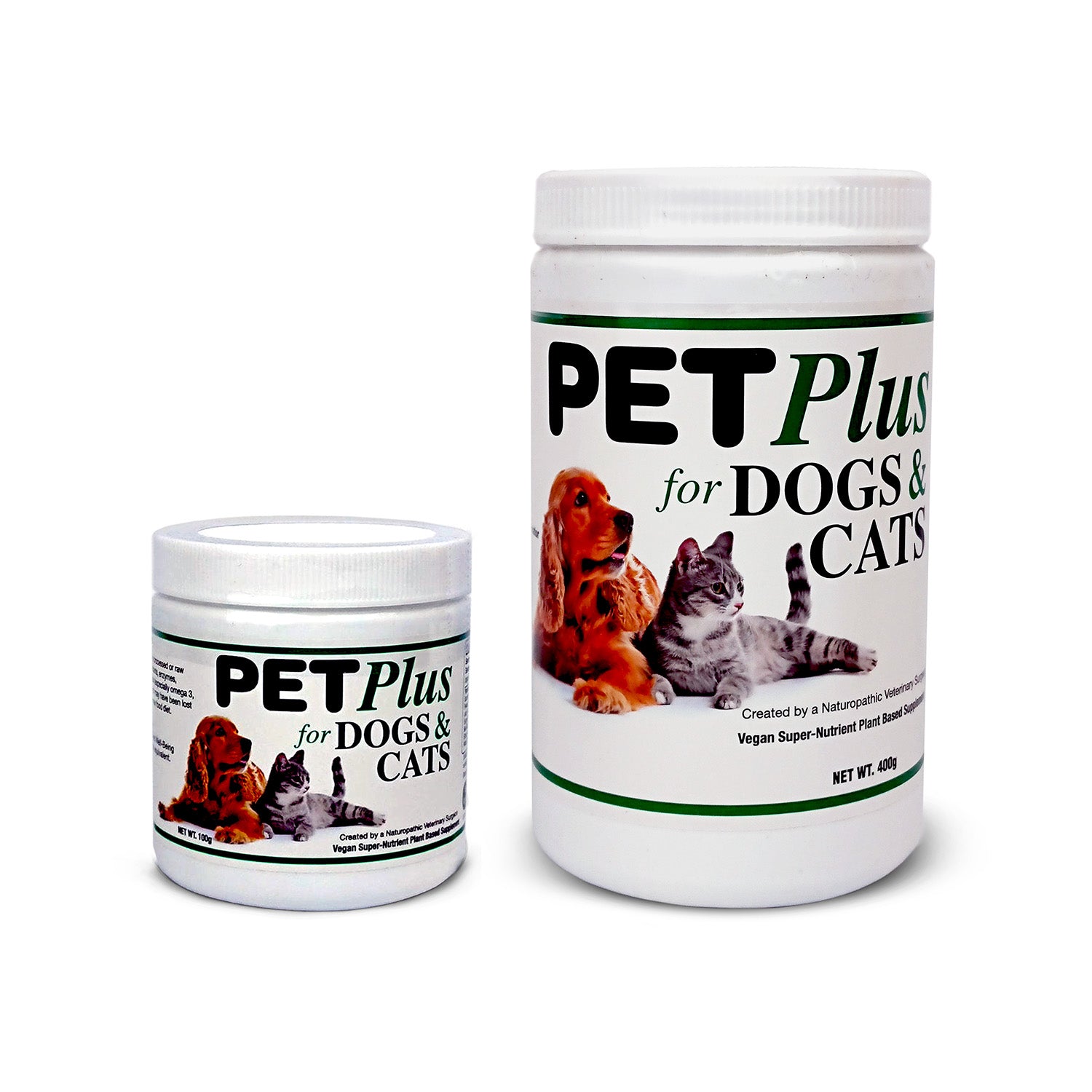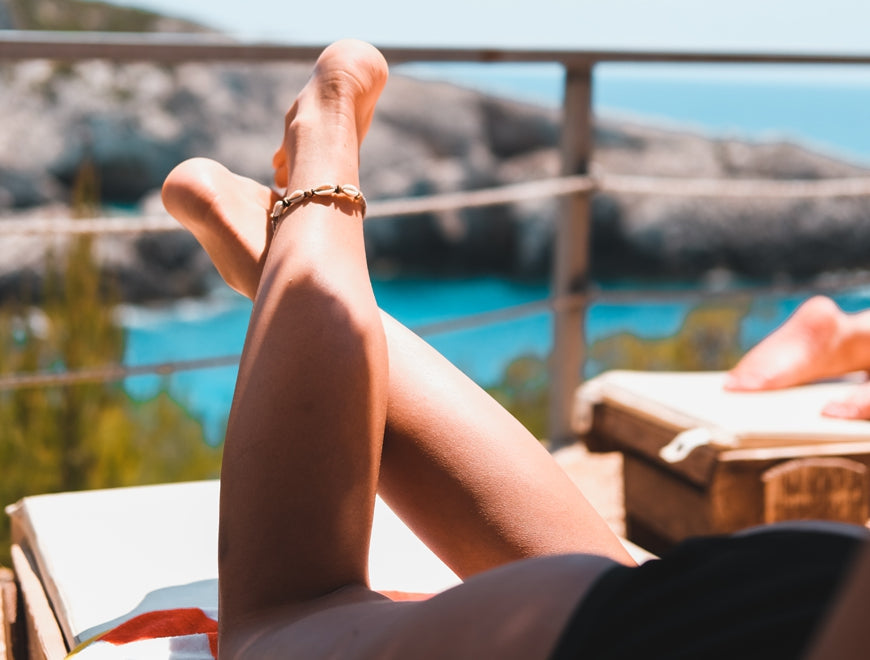When I look back at my journey with Shade™, one thing has become very clear to me: Shade™ is an effective sunscreen, organic and with no plastic waste, that has prompted many positive reviews. However, that does not detract from the sinking feeling I get when an occasional negative review appears.
So, I have been contemplating on how to address the following interesting conundrum:
Why can it go wrong for some, but not others?
I have looked at this issue from a number of angles and come to this conclusion: there are basically three influencing factors at play when it comes to the success or failure of a sunscreen in action, and these are they:
- The sunscreen itself
- The environmental conditions
- The user
Let's look at these three contributing factors and try to determine why one person might swear they will only ever use Shade™ on themselves and their darling progeny and yet another claims they have had the worst experience, burnt on their first use and wouldn't wish it on Anthony Fauci.
- The sunscreen itself
Shade™ has been independently tested by a certified laboratory specifically for its sun protection efficacy. Before this testing could be undertaken, it had also to be analysed to conform to cosmetics safety regulations. Shade™ is manufactured to a given formula, by a GMP cosmetics-dedicated factory, with quality control monitoring and pre-production checks (raw ingredient integrity, Certificates of Authenticity, Material Safety Data Sheets etc.) and the production is standardised across the board for every batch. The formula remains consistent.
The vast majority of people using Shade™ claim it to be effective, so based on all of the above, the sunscreen itself, in the case of Shade™ at least, is less a variable factor than a reliable constant.
- The environmental conditions
These are most definitely variable and will differ in a number of ways:
- location (longitude, latitude)
- time of day
- time of year
- UV index
- reflective surfaces (grass, glass, buildings, water, snow, ice)
- weather conditions (wind, cloud)
- altitude
All the above factors have a major influence on sun protection requirements, probably the least acknowledged, but most heavily influential, is the UV Index.
You may check the weather forecast when you are about to go out, but do you ever check the UV Index? The ultraviolet index, or UV index, is an international standard measurement of the strength of the sunburn-producing ultraviolet (UV) radiation at a particular place and time, and your awareness of it, or not, can be the difference between burning or not. Check it. It can be checked for an area retrospectively, so if you come to me saying you burnt badly while using Shade in a pool for 4 hours over lunchtime in Hawaii, I'll invariably send you a link showing that the UV index was telling you that day you will burn!

- The user
Here is where things get personal.
We are all different, from our skin tone to our relationship with the sun and the choice of products we use on our skin. Although some variables remain largely static for each person such as skin type, others can differ, and can be influenced also by environmental factors.
Examples of this would be:
- one's attitude to sun exposure - there are sun worshipers and there are people like me who can only stand 15mins of strong exposure before they need to retreat to the shade;
- certain activities we choose to do can require lots of outdoor time, and some of these can unavoidably be undertaken at the height of the day, particularly if they are work-related (swimming, outdoor sports, bricklaying, roofing, gardening for example);
- have other protective measures (hats, long sleeves, nothing) been considered and employed? Sunscreen should never be relied upon as the sole protective measure;
- previous experience with other sunscreens you may be prone to burning or by contrast have a high sun tolerance. If you have been used to a chemical sunscreen this might impact the way in which you use a mineral-based sunscreen; you may not like a white cast or you may appreciate being able to see the visible protection of white zinc oxide;
- what's the level of knowledge about sun exposure? Do you possess a desire for a 'healthy' bronzed look or would you prefer to retain your pale complexion? Do you have an understanding of how SPF works? Are you aware or unaware of the environmental factors? Are you able to determine when your skin has had enough exposure?
- If too little product is applied the SPF can be as much as square rooted in value, if it's applied too late no amount of sunscreen can undo damage that's already occurred, just as frequent reapplication does not set exposure back to zero;
- if you are switching from a chemical to a mineral formula, do you have an understanding as to the way in which mineral sunscreen works by comparison to chemical formulas?
- are you on medications? Some medications cause skin sensitivity, and these side-effects are important to be aware of.
Seat belts don't cause accidents.
The environment plays a major role, but it's the user's ability to understand the environment they are in and the relative dangers posed by each influencing factor and adjust their personal protection measures accordingly in order to get the best out of the product. If the product's claimed protections aren't going to be adequate under the given circumstances, then another more appropriate product should be sought.
It appears that it is the user that is most variable of all three - not only physically, but their attitude to and knowledge of the threats, the product they have chosen to use and their ability to assess the environment and prepare and react accordingly are key.
It's embarrassing to admit when one has caused an accident, but this is why training and instruction, understanding how to operate the vehicle and keeping an eye on the road at all times is an absolute necessity. Shade™ is the common denominator here, the stable, unchanging, reliable constant; in this analogy, the seat belt. Blaming the sunscreen is a bit like the driver blaming the seat belt for the accident. It certainly won't do anything useful in the face of danger if it's not used properly.
As a conscientious and responsible woman, I believe I have done all I can with Shade™ to reduce the amount of toxins people are putting on to their skin (and therefore into their bodies), reduce our impact on the planet through using recyclable packaging, sustainable, harmless ingredients (fewer ingredients = fewer resources) and ingredients which don’t damage marine life whilst at the same time helping people keep themselves safe from the sun. I believe I have succeeded in my goals with Shade™. I have done all I can to make the product reliable from one tin to the next.
It is clear to me that what makes experiences different from one consumer to the next is an understanding of the product and the environmental elements at play. These are the kinds of things that ought to be taught in schools, so that everyone grows up with an understanding of, and respect for, the sun and its benefits and dangers, because none of us can escape its influence, and many of us flirt with it intentionally.


